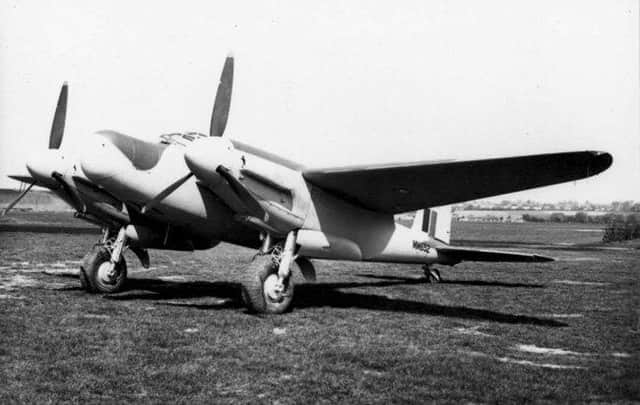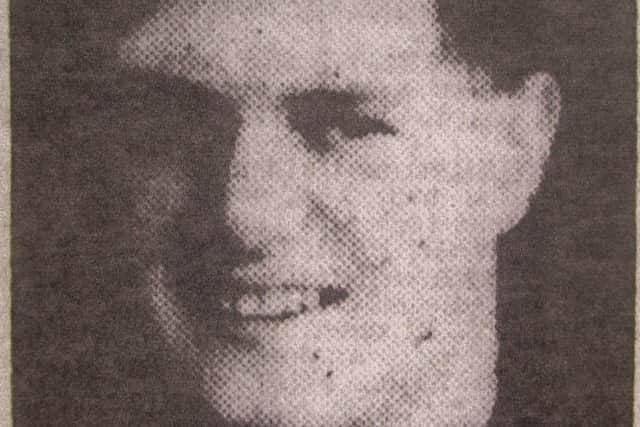Last to fall: 75th anniversary VE Day commemoration. By Ed Tyhurst


As we turn our thoughts to that momentous day 75 years ago, it was of course a great day of celebration for the peoples of Britain and her allies. For the vanquished and for the citizens of all Europe, it was just the beginning of a long process of rebuilding not just of towns, villages and cities but of industry, infrastructure and life as a whole. We must remember too, that this of course didn’t mean the Second World War was over. For many the fighting continued in the Far East against the forces of the Japanese Empire. The final surrender being accepted on August 15, 1945, six days after the atomic bombing of Nagasaki and of Hiroshima three days before.
On Sunday, May 6, 1945, Britain and Europe were only two days away from peace. The delicate process of surrender terms and negotiations with Germany, however, were only known to a very few top Government and military officials. Even since the suicide of Adolf Hitler on April 30, German forces were fighting a desperate battle for survival and regular operations as far as the Allied forces were concerned, carried on. The weather over Southern England on May 6 was low cloud, rain and fog, completely obscuring the normally picturesque South Downs. Here follows the unfortunate story of the last two Allied aircraft to crash in the county of Sussex during the war with Germany, taking with them six young men from both Britain and America.
Advertisement
Hide AdAdvertisement
Hide AdAt 2.25pm, De Havilland Mosquito night-fighters of 169 Squadron RAF took off from their base at Great Massingham, Norfolk, on a formation flying exercise. 169 Sqn were one of around twenty RAF and USAAF squadrons belonging to the top-secret RAF 100 Group, part of RAF Bomber Command. The 169 Sqn motto was Hunt and Destroy, perfectly suited to their role. Flying independently, around half a dozen ‘Mossies’ would take off on a given night and fly cover for the main bomber formation, ready to ‘bounce’ any Luftwaffe plane that threatened our operations. On the return flight, the Mosquitoes would then fly low, seeking targets of opportunity.


On the May 6 formation flight exercise (probably the only time the entire Sqn flew together), flying Mosquito NF MkXIX, serial no. MM637 were pilot Flight Sergeant Douglas P Williams (aged 27) and his navigator/radar operator Flight Sergeant Kenneth Rhoden (aged 21). F/Sgt Williams had before joining the RAF in 1940, worked in the grocery department of the Co-Operative Society in his native Oxford, where also in 1942, he married Peggy Williams (nee Cooke). F/Sgt Rhoden, before joining the RAF in 1942, had been a member of the Air Training Corps (ATC) in his native Atherton and was employed by Messrs. Gregsons of Tyldesley near Wigan.
Around 4.30pm, the Squadron was navigating its way through the rough weather persisting over Sussex. At 4.40pm, the flight lost sight of Williams’ and Rhoden’s plane. They had struck the South Downs near the Dyke road, one mile south of the Saddlescombe junction. In the crash, both F/Sgts Williams and Rhoden were killed. These two young men and their Mosquito night-fighter were the last plane and crew to be lost by RAF Bomber Command in the war.
Later that day at 6pm, a C46 Curtiss Commando transport plane took off from RAF Membury in Berkshire loaded with stores, timber and mail bound for the Allied airbase A-73 Roye-Amy in France. The Commando belonged to the 314th Troop Carrier Squadron, 349th Troop Carrier Group of the US 9th Army Air Force. The crew flying Commando serial no. 44-77861 that day were pilot 1st Lieutenant Sydney J Gibson from Newkirk Oklahoma (aged 22), co-pilot 2nd Lieutenant Victor L Young from Muskegon County Michigan (aged 22), crew chief Staff Sergeant Daniel M Campbell from Maiden North Carolina (aged 20) where he lived with his wife Laura, and radio operator S/Sgt James F Maloney from Pleasantville New York where he lived with his wife Verna. By 6.35pm, they were flying due south over Sussex through the bad weather that had persisted throughout the day. Unknown to them, completely obscuring the South Downs as they headed toward Beachy Head (a well-known navigation point for Allied aircrew). At 6.40pm, Sgt Charles Hopkins (Hailsham/Polegate police) received a telephone call reporting a crashed aircraft near the Long Man of Wilmington. On arrival at the scene, surrounded by dense fog, Sgt Hopkins and Dr Shaw of Hailsham found a scene of devastation. The aircraft was a complete wreck with timber strewn all around and mail blowing in the wind. The four crew were found around 50yards in front of the wreckage. Two were dead on the scene, and two died while attempts were made to convey them to the RAF ambulance which arrived on the scene from Friston. The unfortunate casualties were Gibson, Young, Campbell and Maloney.
Advertisement
Hide AdAdvertisement
Hide AdI would like to end this article by giving thanks not just the young men mentioned above, but to the people and organisations who helped with my research. Janine Harrington, secretary to the RAF 100 Group Assn. Former F/Sgt John Beeching of 169 Sqn RAF and Mr Ted Crudgington, whose father was groundcrew with 169 Sqn. The Oxfordshire History Centre and the Wigan Archives and Local Studies. The Keep at Falmer and local historian Peter Longstaff-Tyrell. Curator to the American Air Museum Duxford Emily Charles and the ABMC Cambridge. Help from across the Atlantic came from historian Richard Mullaly of Muskegon County Michigan. Bruce Keever, great-nephew of S/Sgt Daniel M Campbell and Brenda Lentz (nee Campbell), daughter of S/Sgt Campbell, born only four months after her father’s tragic loss.